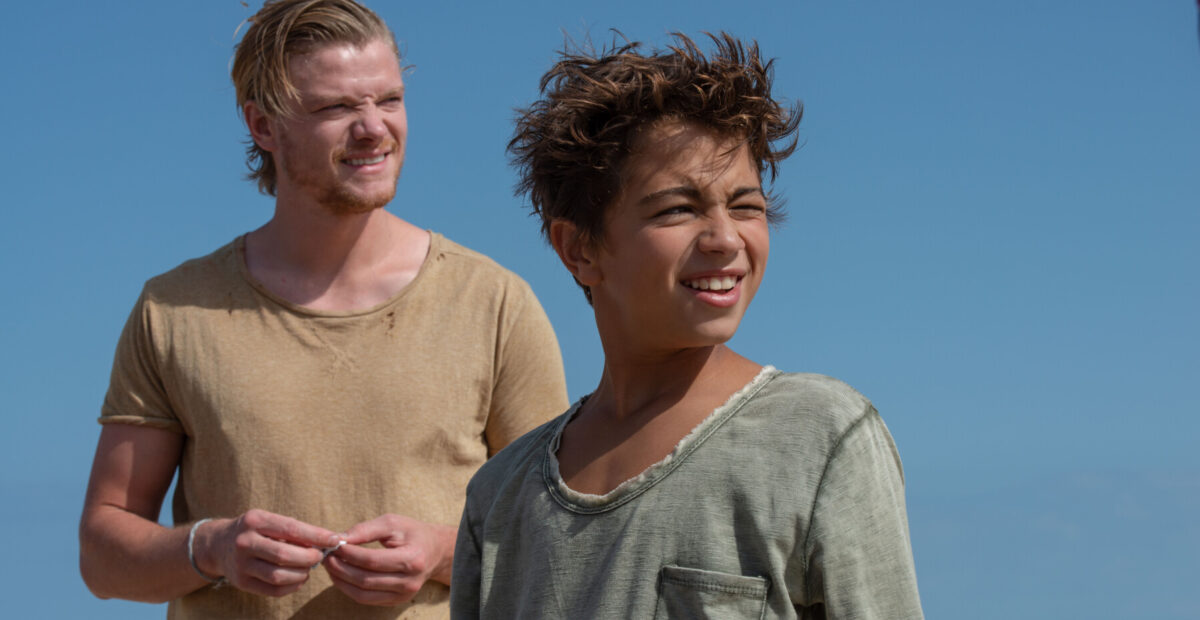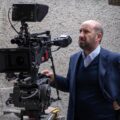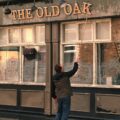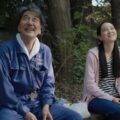
Watch
Peace among the Waves: “How Kids Roll”

The story of a friendship stronger than the war. The encounter, dialogue, the relationship between a Palestinian and Israeli boy, united by the passion for surfing. The story narrated in “How Kids Roll” (I bambini di Gaza) is a film on hope and on a future of peace. A film appreciated by Pope Francis.
There is a film in the theatres entitled “How Kids Roll” (I bambini di Gaza), a debut work of the Italian American Loris Lai. It narrates of the friendship between a Palestinian and an Israeli boy in the Gaza Strip during the second intifada in 2003. The full-length film is freely inspired by the novel “On the Waves of Liberty” by Nicoletta Bortolotti, which was published in 2015, and speaks of hope and encounter, of sharing and of a future in a context soaked in hatred, violence and fear.
He does it through a (not so simple) balance between realism and metaphor, with a dual coming-of-age story within a marked, extremely defined and profoundly significant space that is in this moment more than ever drenched in suffering. It is also, in a way, a film compatible with abstraction, “How Kids Roll” (I bambini di Gaza). With nothing else but the intention and the universal desire to say stop to every conflict and blood-stained division.
It is the story of Mahmud, a Palestinian 11-year-old boy who lives in Gaza under the bombs, the debris and the sirens along with his mother, the widow of a soldier, and of Alon, his Hebrew peer. A boy who, with Mahmud, shares the passion for surfing. If through this activity, in fact, the young Palestinian builds through a mental path an oxygenating escape and liberty from the painful daily life in which he finds himself, one day, on the same beach he usually goes to, there appears—almost blinking, in an extremely discreet manner—another little boy like him: Alon, with the same young ambition as Mahmud, with the same attraction for the waves and somehow with the same loneliness.
Alon silently surfs before returning to the Hebrew settlement beyond the city checkpoints to ask his father great questions: “When will it end?” He asks, for example, and the parent answers: “One day we will have to face two different possibilities of the future. The one in which they will not exist anymore or the one in which we will not exist anymore.” Alon is not satisfied and insists: “Can there be no third future where everything will end well?”. “May your words reach God,” responds his father, indicating the sky.
That future—much dreamed, desired, and necessary—is the slightly poetic theme of the film, as slowly, almost riding over this silent hope, the friendship grows between two young lives educated to distance, to separation, to disagreement. A relationship accompanied by fear, of feeling almost guilty for disobeying the rules.
Against the tide, Mahmud and Alon, with the support of Dan, an ex-surf champion who remained in Gaza to fight his delusions, his wounds, his pain, and his fragilities, cross this mental border using the universal instrument of sports: a language that brings people closer, that blows across boundaries and diversity and that makes people feel they are in the same boat.
The two children enter an outer dimension, in certain ways metaphorical and symbolic, certainly new and free: that of water, in continues movement, of a sea elusive to the painful stasis that is the dramatic landscape of the film.
They make a choice, Mahmud and Alon, in a place where it is difficult to make decisions. Thus, in tribute to their small great courage and their research of a brighter path, this film wants to also describe the consequences of this and of other war situations, among the youngest ones. There is no siding towards one or the other; they breathe a desire of peace and of something able to break the mechanism of death.
“How Kids Roll” (I bambini di Gaza) was appreciated by Pope Francis, who, after having watched it (as is written on the press release), said: “This film with voices filled with hope of the Palestinian and Israeli children will be a great contribution for the formation of fraternity, social friendship and peace”.
Mahmud and Alon, with their gaze towards their future, with their actions and their efforts, and with their exhausting desire to learn, show us an idea of the future where encounter and hope reign.






